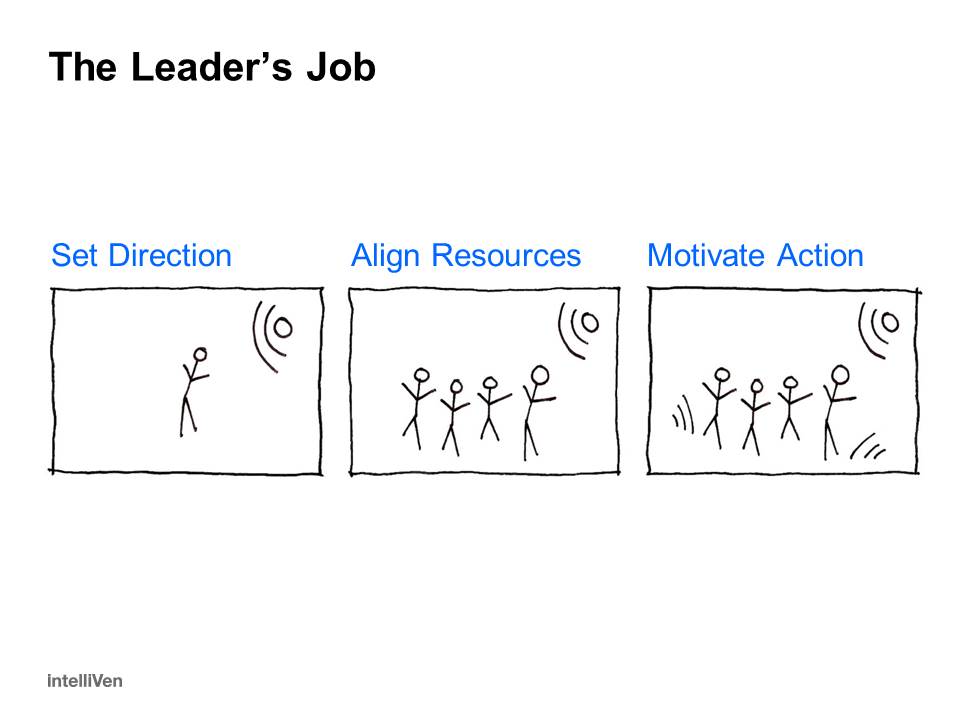No one leader, and not even any two, has the breadth of competence and depth of capacity to do anything of much significance alone. Successful organizations usually have a core leadership team of three to seven top executives who are diverse in terms of skills, perspective, and experience yet aligned in an unyielding pursuit of specific goals. They are, in short, a diverse, cohesive, cooperative leadership unit.
The odds of success go way up when the top team has at least three players with different, complementary strengths that are all important to the success of the organization and who have:
- Established relationships in that they know and understand each other well and enjoy working together.
- Extraordinary desire, drive, capacity, and competence to accomplish their collective goal.
- Instinct and innate drive to work with each other and on what they can do to help the organization succeed.
- Agreed to give credit for any and all success to everyone else so as to not compromise the odds of organization success by vying among themselves for individual credit or praise.
- Committed to grow and empower others over time to behave and perform as they do.
When a core team grows beyond seven in number, successful organizations find a subgroup, again of three or so, evolves to provide direction and guidance to the larger team.
The inner circle can be called a core leadership group, an executive committee, a steering committee, an executive leadership team, or any other name. Whatever it is called, it is best to keep it low-key so other leaders do not stress about whether they are part of the group or not. It is simply a group committed to keeping everything moving in the right direction no matter where they happen to be in terms of organization function, hierarchy, or seniority.
The group meets regularly to keep things on track using the following agenda:
- Set and manage the leadership team agenda.
- Outline and guide the evolution and adoption of the organization’s target mission, vision, purpose, culture, strategy, annual plan, policies, and core processes.
- Identify key areas needing attention and drive to be sure they are addressed.
- Set operating priorities.
- Set intent and key parameters to guide core processes (e.g., assignments, incentive compensation, goals, performance appraisals, promotions, salary reviews, staff development, governance, metrics of performance, communications, etc.).
- Prepare and communicate goals, direction and status to the stakeholders including employees, directors, investors, lenders, clients, and partners.
- Consider and act on recommendations from Board of Directors, investors, and advisers including investment decisions.





